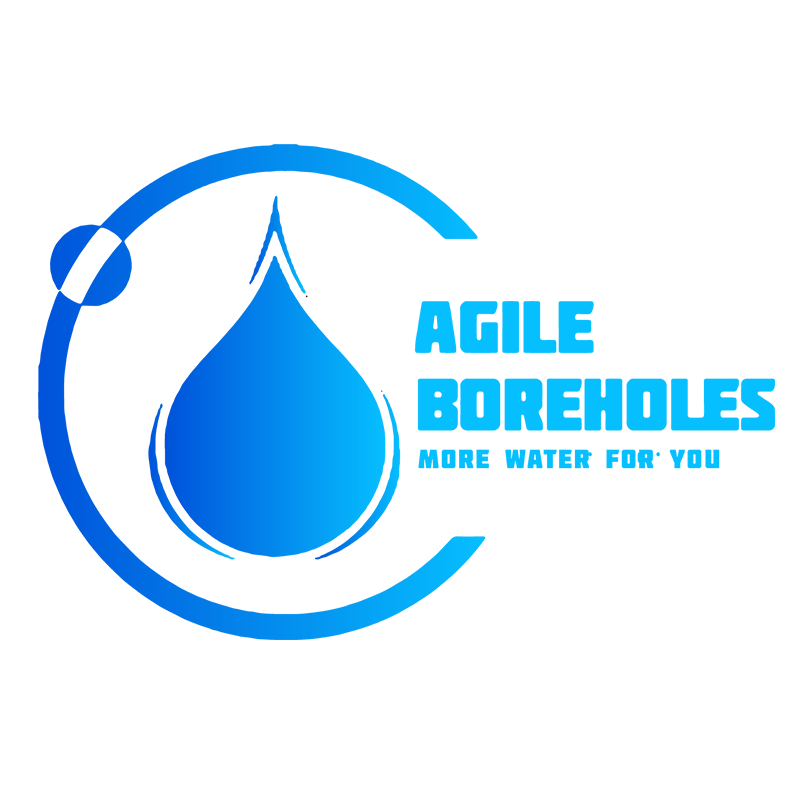Introduction
East Africa is a region characterized by its diverse landscapes, with vast stretches of arid land intermingled with fertile plains and towering mountains. In this dynamic environment, access to clean and reliable sources of water is a fundamental necessity for the wellbeing of communities. Borehole drilling has emerged as a transformative solution, addressing water scarcity and positively impacting countless lives in East Africa.
The Water Challenge
East Africa faces a unique set of water challenges. The region’s climate is marked by erratic rainfall patterns, resulting in both droughts and floods. Many communities rely on inconsistent and often contaminated surface water sources, exposing them to waterborne diseases. The demand for clean and safe drinking water is a pressing concern.
The Borehole Revolution
Borehole drilling has ushered in a new era of water accessibility and sustainability in East Africa. By tapping into underground aquifers, boreholes provide a consistent and protected source of water. The drilling process is guided by hydrogeological surveys, ensuring the optimal placement of boreholes to harness groundwater effectively.
Preliminary Survey:
The journey begins with a preliminary survey to assess groundwater availability and quality. Hydrogeological experts analyze the geological formations and water tables, providing valuable insights for precise borehole placement and water source optimization. The result is a tailored and efficient solution for each community.
The Drilling Process:
Once the preliminary survey is complete, the drilling process commences. State-of-the-art drilling equipment is deployed to bore into the earth, reaching the aquifers beneath. The depth and design of each borehole are customized to maximize water yield. This phase is a testament to the expertise and dedication of the drilling team.
Pumping The Water:
Following the successful drilling, high-performance borehole pumps are installed. These pumps ensure a consistent water supply, even in the face of changing weather patterns. The communities no longer worry about the next rain shower; they have a secure and sustainable source of water at their disposal.
Changing Lives and Communities
The impact of borehole drilling in East Africa extends far beyond the convenience of a nearby water source. Communities experience a transformation in their quality of life. Access to clean water enhances health and reduces waterborne diseases. Children can attend school regularly instead of spending hours fetching water. Agriculture becomes more sustainable, contributing to food security. Women and girls are liberated from the burden of long water journeys, allowing them to pursue education and economic activities.
Conclusion
Borehole drilling is a beacon of hope in East Africa, lighting the path toward water security and improved livelihoods. It exemplifies the region’s resilience and adaptability in the face of water challenges. With every borehole that is drilled, communities are empowered, and East Africa takes a step closer to a future where clean, accessible water is a reality for all.
The work of organizations like Agile Boreholes and the dedication of professionals like Mr. Otieno, Kimani, Wagachi, Kephis, and Gensio underscore the significance of this transformation. As borehole drilling continues to make waves in the region, it is not just water that flows; it’s progress, development, and a better tomorrow for East Africa.
